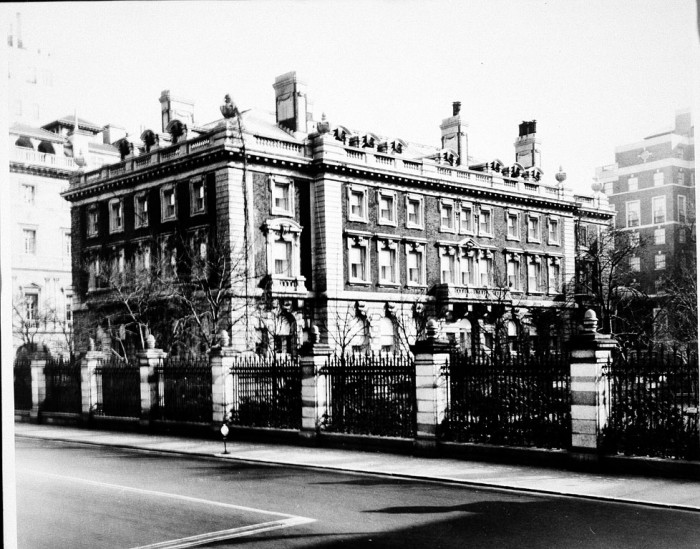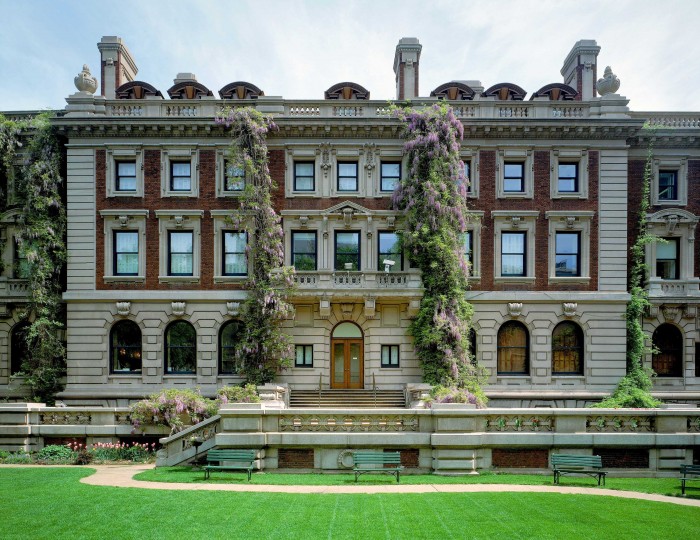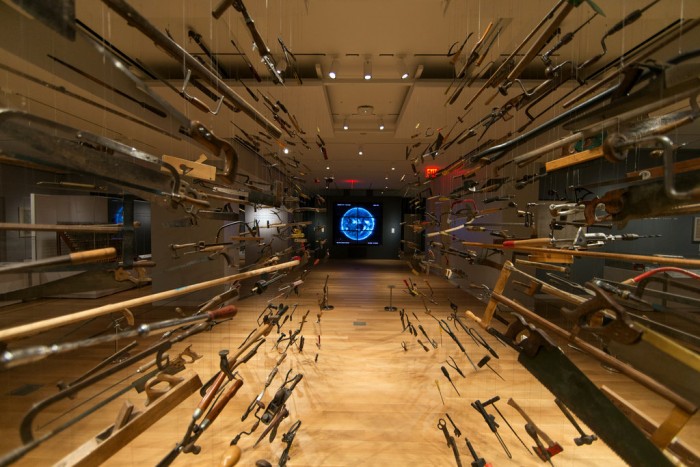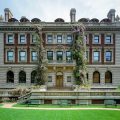Today in Smithsonian History: May 14, 1968

Carnegie Mansion (ca. 1930s), the home of Cooper-Hewitt, National Design Museum in New York City. The 64-room mansion was built by Andrew Carnegie and his wife, Louise Whitfield Carnegie, who wanted a spacious, comfortable and light-filled home in which to raise their young daughter, Margaret. The house was also planned as a place where Carnegie, after his retirement in 1901, could oversee the philanthropic projects to which he would dedicate the final decades of his life. From his private office in the mansion, Carnegie donated money to build free public libraries in communities across the country and to the improvement of cultural and educational facilities in Scotland and the United States.
The mansion was designed in the Georgian style by the architectural firm of Babb, Cook & Willard, and completed in 1901. The property includes a large private garden, a rarity in Manhattan. The house includes many innovative features. It was the first private residence in the U.S. to have a structural steel frame and one of the first in New York to have a residential Otis passenger elevator. The house also had central heating and a precursor to air-conditioning. The building received landmark status in 1974, and in 1976 became Cooper-Hewitt, National Design Museum, Smithsonian Institution.
May 14, 1968 After a judicial review of the Smithsonian Institution/Cooper Union Museum agreement, the Supreme Court of the State of New York rules that the transfer of the Cooper Union Museum to the Smithsonian can be accomplished and the museum legally become an entity within the Smithsonian Institution. On July 1, 1968, the Smithsonian takes over the Cooper Union Museum, which is renamed the Cooper-Hewitt Museum of Decorative Arts and Design.
In December 2014, after a two-year renovation, the museum reopened as Cooper Hewitt, Smithsonian Design Museum, offering an entirely new experience for visitors with interactive, immersive technologies and 60 percent more gallery space.

Cooper Hewitt, Smithsonian Design Museum is housed in philanthropist and steel magnate Andrew Carnegie’s former mansion on museum mile. Overlooking Central Park, the 64-room mansion was built at the turn of the century and features one of the city’s largest private gardens. The Arthur Ross Terrace and Garden is in full bloom from May through October.

Damian Ortega’s “Controller of the universe” is part of the redesigned Cooper Hewitt, Smithsonian Design Museum, which reopened in December 2014 after an extensive renovation, Behind this piece you can see video images of the sun, streamed live from NASA’s Solar Dynamics Observatory. (Photo by Fred R. Conrad / The New York Times)
Posted: 14 May 2019
- Categories:








